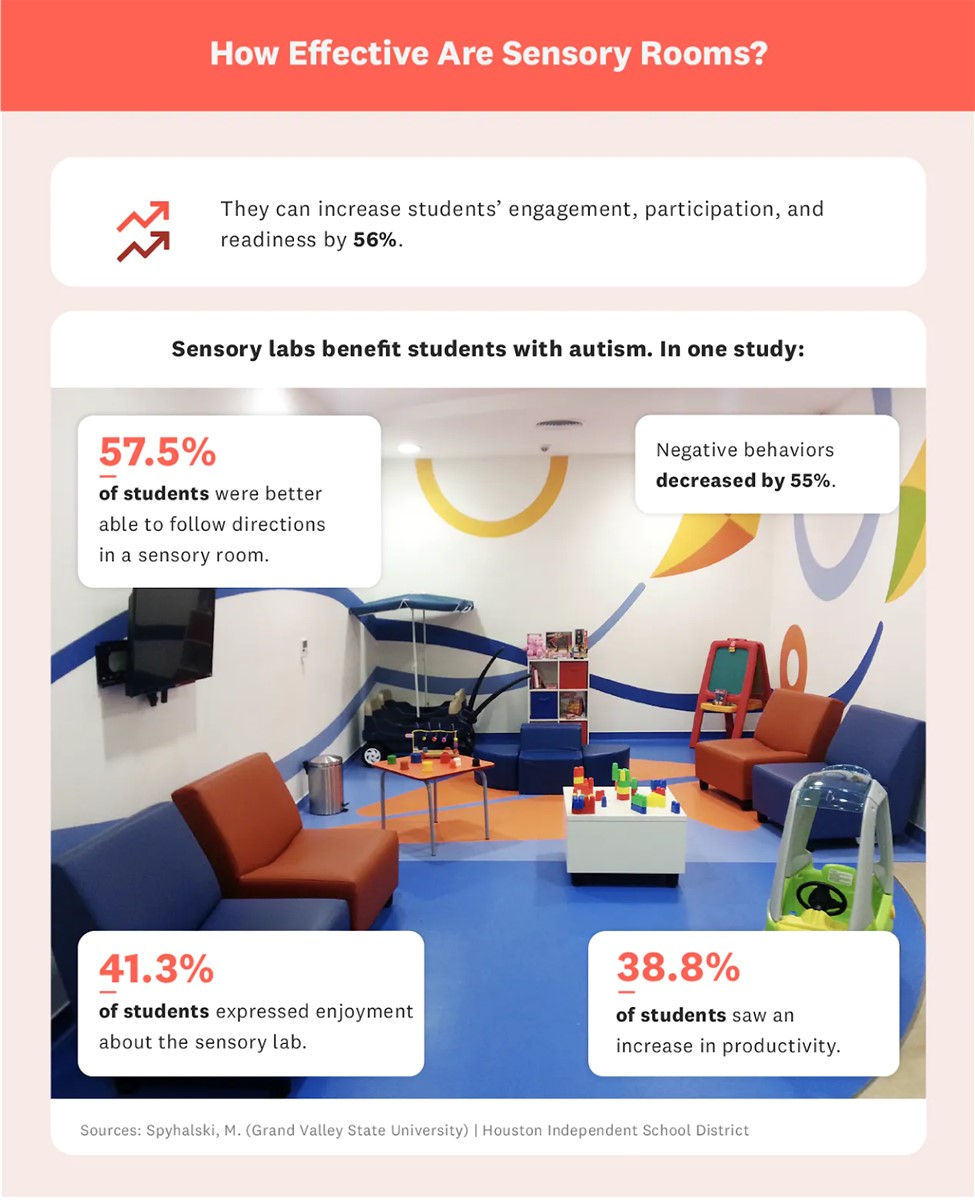Behavioral Strategies for Children with Autism
- Susan Donohoe

- Mar 12, 2020
- 3 min read
Updated: Jul 14
Having strategies to encourage the behaviors you want to see and discourage those you don’t in your Autistic child is an important element of helping your child cope and reduce their anxiety. The strategies also help lessen the chance of adverse reactions to situations, such as aggression and outbursts.
This list is a toolkit for you to use to help develop the strategies that work for your child or for children in your classroom.
TIME MANAGEMENT
Time management - both knowing what is coming up next and how long to expect things to take - is an important element in promoting good behavior in Autistic children. Giving the child cues as to what will happen next - such as “After you’re done making your bed you can play a game” or “Bedtime is in five minutes” - helps them to understand what to expect. If your child has problems with language, consider using pictures to help them understand.
Time management also extends to setting a schedule. Whether written or visually depicted, a schedule is similar to “what’s next” indications. A schedule helps the child understand what to expect and can process moving from one activity to another.

DISTRACT OR IGNORE BAD BEHAVIOR
Problematic behavior will rear its head from time to time, even with solid strategies in place. In those instances, saying “stop” isn’t enough. Distracting or ignoring bad behavior - depending on the circumstance - is a much better strategy.
If your Autistic child is acting out in a play for attention, ignoring the behavior is likely the best option. This can be challenging, but it signals to the child that problematic behavior isn’t a means of communication. While these behaviors may get worse before they get better, your consistency is what will change the course.
In other circumstances, ignoring the behavior may not be the best option or the most effective strategy. In those instances, redirecting to the proper behavior can be a much better option. For instance, if your child is running around at school, remind and show them how to walk nicely or where to stand in line like the other children. If they are yelling or acting out, distract them an object, such as a drawing or a favorite toy. If the child has problems with language, use gestures and lead by example.
ESTABLISH A CALM DOWN PLACE
Sensory overload can contribute to problematic behaviors and outbursts. Public spaces, loud areas, or a highly stimulating store or park can contribute to a meltdown without an opportunity to cool off. This can even be true within familiar places, like at home or in the classroom.
Provide your Autistic child with space to take a break and regroup. If you’ll be out in a public space, try and plan ahead for areas that can be used to settle down in. And give your child the ability to self-select when they need their quiet place. This will help them to recognize their triggers and build coping mechanisms.
REWARD THE GOOD BEHAVIORS
The flip side to meltdowns and acting out is the good behaviors that we want to see. Celebrate when your Autistic child models the good behaviors you want to see. Praising them for cleaning up after themselves, acting appropriately, or even self-selecting to take a break from a situation are all opportunities to reinforce what you want to see them doing.
PROVIDE COMFORT ITEMS AND CLOTHING
Comfort items and clothing can help provide a sense of security even in more trying circumstances. Weighted items mimic the benefits of deep touch pressure therapy and can release oxytocin in the brain, helping children with sensory processing disorders relax. Things like weighted blankets and lap pads and compression shirts help lessen anxiety. Comfort items, like sensory beanbags, fidgets, and weighted toys are also helpful and highly portable.
Products You May Like:



